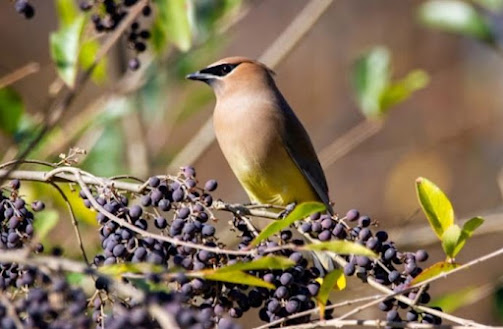4 Varieties of Privet Invasive Species
Privet is a shrub brought to North America by European settlers around the mid-1800s, who planted them as ornamental plants. While many subspecies of privets exist, the 4 main ones found in Pennsylvania are Chinese privet, European privet, Japanese privet, and border privet. Over time, plant health care experts have identified these as privet invasive species. The damage caused by these plants includes crowding out native plants and reducing biodiversity.
Types of Privet Invasive Species
These 4 specific varieties of privet mentioned above have all been added to the Pennsylvania Department of Agriculture’s Noxious Weeds list. As such, these privet invasive species will no longer be available for purchase in nurseries and other flower shops, and homeowners are encouraged to replace any of these species on their properties with different plants. Here is what you need to know about these 4 species.
Chinese Privet
Chinese privet is native to China, Taiwan, and Vietnam. The fast-growing shrub can grow up to 15 feet in height, forming dense thickets. The leaves are around 1-3 inches long and glossy dark green, and the leaves appear early in spring before the white flowers appear in mid-to-late summer (June through August). The fruits are black drupes with hard shells containing one seed each. These ripen in the fall and persist on the plant throughout winter until removed by birds or other animals.
European Privet
European privet is native to central and southern Europe. This species, with glossy dark green leaves, can grow anywhere from 12-15 feet tall. In the spring, European privet produces white flowers, and in the fall, black fruits poisonous to humans. In addition, the flowers have a strong, pungent fragrance that many people find unpleasant.
Japanese Privet
Japanese privet is native to central and southern Japan. This species is an evergreen shrub, a small tree that can grow anywhere from 7-16 feet tall with a spread of 10-15 feet. The leaves are broad and glossy dark green above, with a paler glaucous to yellow-green color below, and have a thick, leathery texture. White flowers appear in the early summer followed by purple-black fruits in early winter.
Border Privet
The border privet is native to Japan, Korea, and northeastern China. Border privet is a deciduous shrub that grows to 9-10 feet tall with glossy leaves that can be 1/2 to 2 inches long. The white flowers appear in early summer, and black fruits follow in late summer or fall.
What Makes Privets an Invasive Species?
These species of privet are found throughout landscapes in Pennsylvania, but because the plant is not native to this region, privets have no natural predators or competitors. Due to this lack of natural predators, privets can more easily outcompete native vegetation for sunlight, nutrients, and water.
Privets reproduce sexually (by seeds) and asexually (by sprouting new shoots from their roots). This allows them to spread quickly through disturbed soil created by fires, forest clearings, erosion, or abandoned agricultural land.
Finally, privet trees proliferate quickly, often reaching maturity within five years after germination. Many other plants take 10-20 years before reaching maturity.
Damage Caused by Privets
The damage caused by privets is widespread in the United States. These species cause damage to landscapes and native ecosystems, preventing native plants from growing and reducing populations of pollinators such as butterflies and honeybees.
Treating & Managing Privets
Treating and managing privets is best done by professionals with specialized equipment.
- Individual, small privets can be pulled by hand and can be done year-round. An important note is that roots must be removed entirely from the ground to prevent resprouting. Larger stems require specialized equipment that a plant health care expert can access.
- Mowing can be an effective treatment and control method, but an herbicide application to the cut surfaces must follow. In addition, the time after cutting to apply herbicide changes based on whether the herbicide is oil- or water-based.
- Foliar herbicide treatments are also highly effective for treating landscapes with privets, especially with low to moderate plant densities. These treatments are ideal during mid-May to early fall.
- Basal bark treatments are effective against privets and can be applied throughout the year.
As always, these control and treatment options require specialized, extensive knowledge of plant health care techniques. So, call a plant health care expert if you need help with privets in your landscape.
Contact Burkholder PHC for Invasive Plant Treatment & Removal
These 4 varieties of privets are invasive species, and can overtake landscapes, with their dense thickets preventing native plant species from growing. To keep your landscape healthy and able to thrive, we recommend a professional evaluation to help remove and control any adverse effects. Our evaluation is free, and the proper treatments can help improve the health of your landscape. Contact Burkholder PHC today for a free consultation.
Blog is originally published at: https://www.burkholderphc.com/privet-invasive-species/
It is republished with the permission from the author.



Comments
Post a Comment